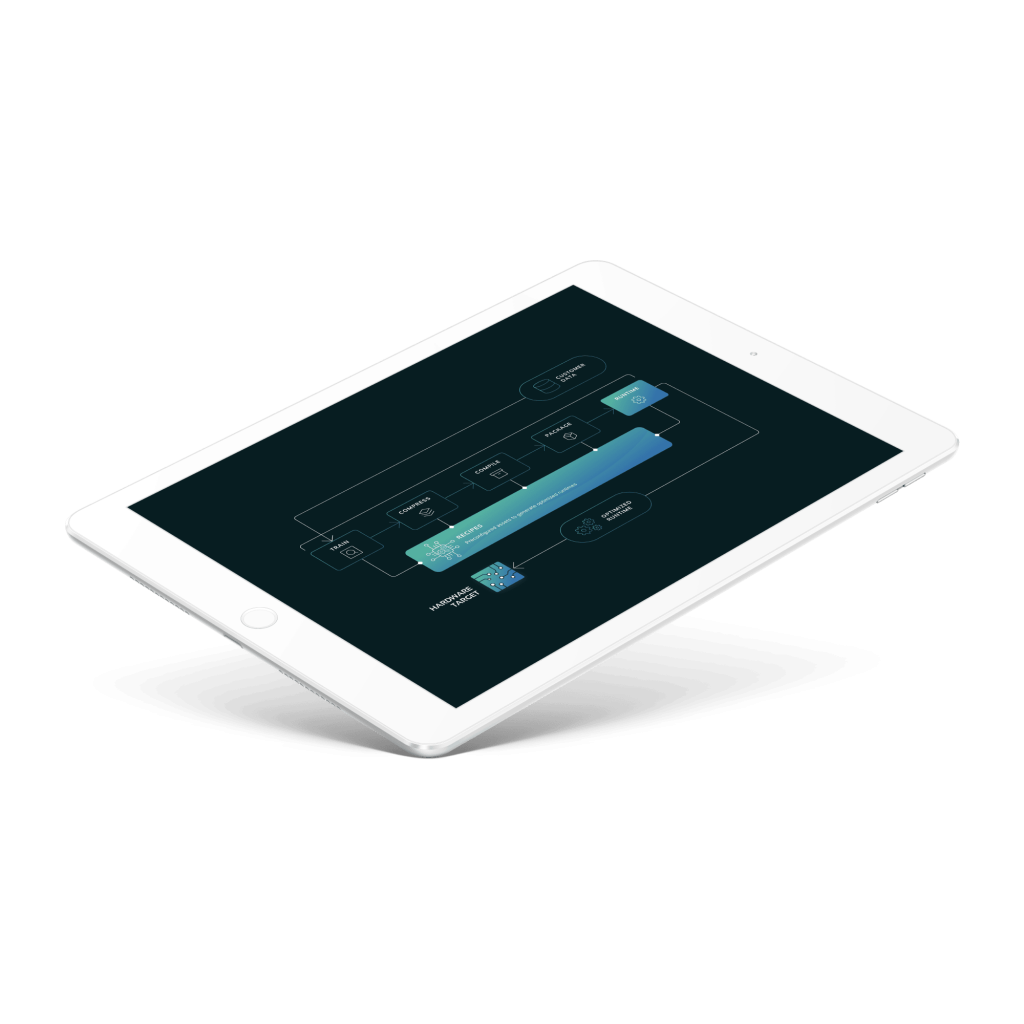While the volume of data available to business leaders and their HR teams has grown considerably over the past few years, not enough organisations are leveraging talent analytics to draw any value from these insights.
A recent report by Gartner found that only 21% of HR leaders found that their organisations were effectively harnessing talent analytics to make smarter business decisions.
What is talent analytics?
Talent analytics—also known as workforce analytics, human capital analytics, or human resource analytics—involves analysing the masses of employee data a company gathers using modern data analysis technologies, then using the insights gained to inform smarter workforce planning and business decision-making.
This can shed light on things such as individual employee productivity, staff engagement and retention insights, and where a business can optimise efficiencies and boost profits.

With talent analytics, McKinsey reports that companies can enjoy an 80% increase in recruitment efficiency, a 25% boost in business productivity and a 50% decrease in employee attrition. This is because HR teams can use data science services to point to the candidates that are best suited to specific roles, identify employees who are becoming less engaged with their work and optimise their HR strategy to lift their bottom line.
Here, we take a look at eight of the key benefits that talent analytics can bring to workforce planning and human resource management.
8 business benefits of talent analytics
1. Improved productivity
It’s estimated that poor productivity costs US businesses around $550 billion each year. By delving into the data behind what drives better business performance, business leaders can focus their employee management strategy on those areas that yield the biggest return for staff engagement. This, in turn, will help to ensure that teams remain productive.
2. Trusted recruitment insights
Powerful analytics technology and algorithms can help hiring managers sift through candidate CVs while analysing other suitability factors throughout the recruitment process. This means that only those potential employees with the best-fit skills and experience make it onto the team.
3. Gain a whole picture of hiring metrics
Recruiters often have a compartmentalised view of hiring metrics, which makes it all the more time-consuming to find and appoint the right people. Talent analytics give a holistic picture of the key metrics used to identify the best candidates, enabling a swifter and more successful recruitment drive. These metrics include:
- Sourcing statistics
- Drop-off rate
- Time to hire (TTH)
- Quality of hire (QoF)
- Cost per hire
- Offer acceptance/rejection rates
- Premature turnover (within first year)
4. Continuous assessment of skills and suitability
By constantly monitoring the skillset of its existing workforce, a business can instantly spot any gaps that need to be plugged and adjust its employee management and hiring strategy accordingly. With talent analytics, you can make data-driven decisions on things such as:
- which team members are ready for promotion
- who could benefit from learning a new skill
- which employees might be better suited to a different role
- which team members require more rigorous management to meet expectations
5. Boosting employee retention
Data analytics can help businesses identify which elements of workplace culture and specific roles drive employee engagement. By furnishing HR managers with solid data, gathered through methods such as employee engagement surveys, companies can enable their human resources teams to take actions that promote a happy workforce and, thus, reduce staff attrition.

6. Optimising time efficiency
It might seem obvious, but you can take the guesswork out of how to improve your organisation’s efficiencies by harnessing employee data. Talent analytics gives you immediate pointers to how to improve employee productivity and, thus, you can invest more time and resources into areas that will deliver the most business value.
7. Saving money/increasing profits
Businesses live and die by their profit margins. And, since productivity and profit are intrinsically linked, it goes without saying that by making data-driven decisions that impact productivity, you will boost your profit margin. But engagement is a big factor here, too. If your workforce isn’t satisfied, you’ll have to plough more of your profits into re-hiring. In fact, recent statistics suggest that employee dissatisfaction/staff turnover costs the US $1.1 billion a year.
8. Creating a culture of transparency
Talent analytics open up a dialogue between businesses and their employees, by shining a light on engagement drivers and, as importantly, detractors, as well as providing near real-time insights on problematic performance. All of this serves to enable companies to take rapid action to rectify issues before they become much bigger profit-draining problems.
How to implement talent analytics
If you’re ready to reap the benefits of powerful analytics to enhance your human resource management strategy, you’ll enjoy greater success by creating an open and transparent environment in which to monitor your team’s performance. Two-way feedback is critical to a company’s success. By the same token, identifying areas where your existing team’s skills are lacking can help you make smarter, data-driven decisions on who to bring in to enhance your current resource.
ELEKS Data Science Platform can help your business deep-dive your employee data and, ultimately, create a more resilient team. Speak to an ELEKS expert today to find out more.
Related Insights

















